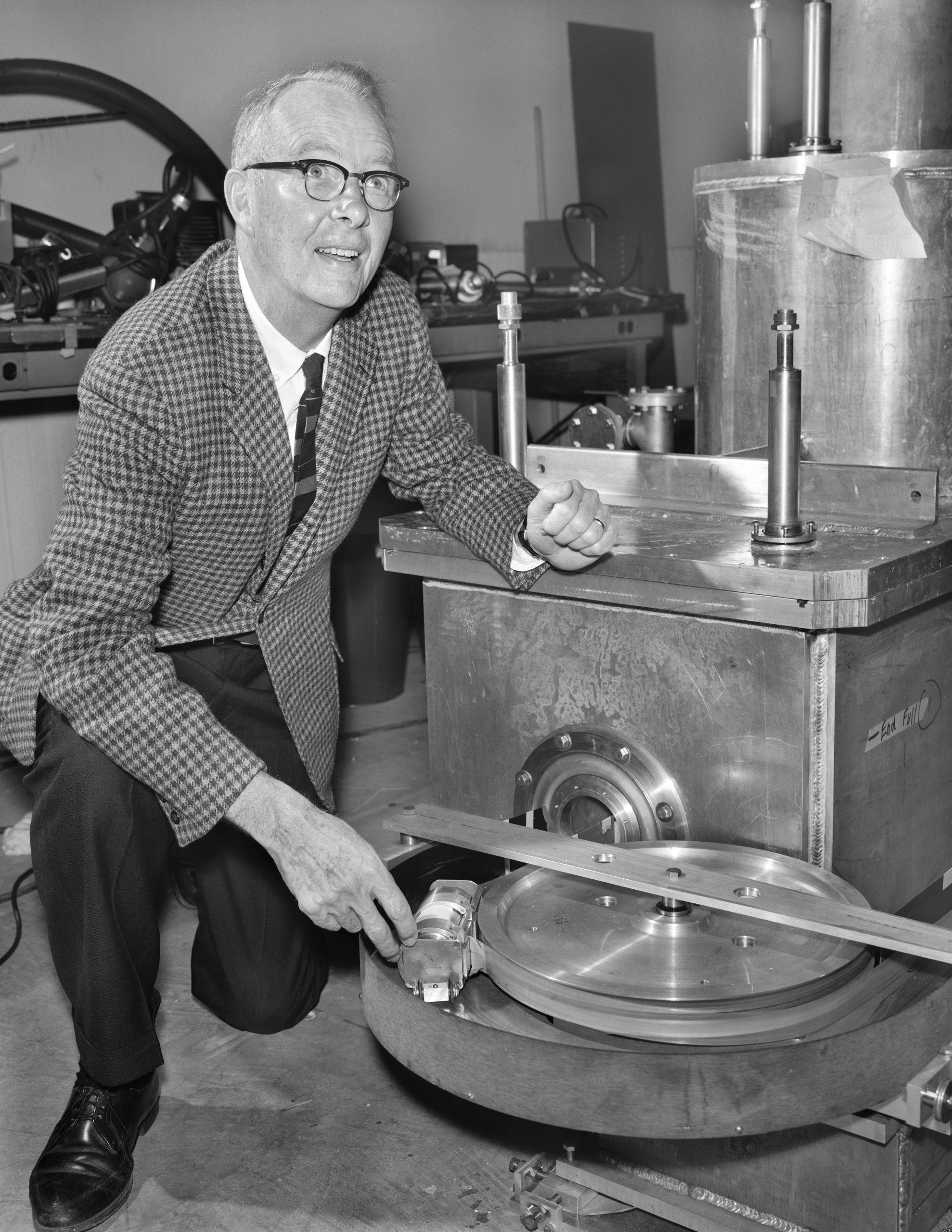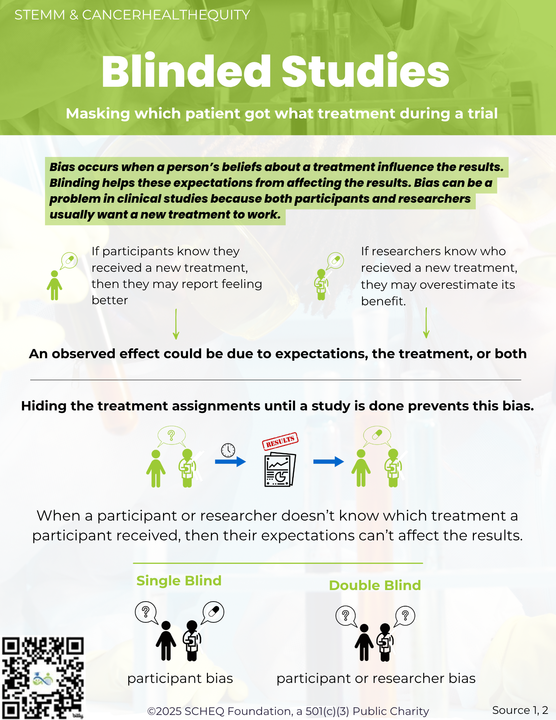Luis Walter Alvarez (June 13, 1911 – September 1, 1988) was a physicist, inventor and professor born in San Francisco. He was awarded the Nobel Prize in Physics in 1968 for his discovery of a particle’s resonance states. He completed his entire education at the University of Chicago, earning his BS (1932), MS (1934), and PhD (1936). His most historic work occurred during WWII, particularly in advancing radar systems and his involvement in the Manhattan Project.
He was a faculty member at UC Berkeley and joined MIT’s Radiation Laboratory (1940-1943) to support World War II. Here, he made significant advancements in aviation radar detection, including early warning systems, high-altitude bombing systems, and landing systems, through the use of microwaves. This got the attention of Los Alamos Laboratory, and in 1944, he was asked to join the Manhattan Project. He worked on the implosion of the atomic bomb, radar detection of targets, and assessed the strength of the atomic weapons the US developed.
After the war, in 1945, he returned to UC Berkeley as a professor and developed their proton linear accelerator, as well as the liquid hydrogen bubble chamber. The latter was used in the detection of subatomic particles, during atomic decay, leading to the discovery of a particle’s resonance state. After 1967, Dr. Alvarez dedicated himself to the study of cosmic rays and, in 1980, worked alongside his son to publish the theory that an asteroid had impacted the Earth and killed the dinosaurs. He was ridiculed for this theory until he was proven right 10 years after his death in 1988.
REFERENCES:
- https://www.nobelprize.org/prizes/physics/1968/alvarez/biographical/
- https://www.britannica.com/biography/Luis-Alvarez
- https://www.invent.org/inductees/luis-walter-alvarez
IMAGE SOURCE:
- Public Domain
- Luis Alvarez with a magnetic monopole detector
- April 1, 1969
- US National Archives and Records Administration




